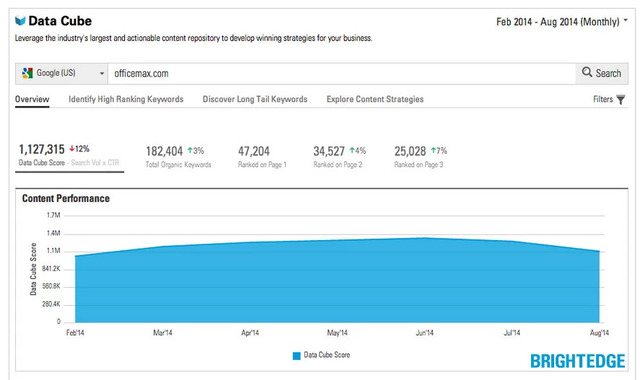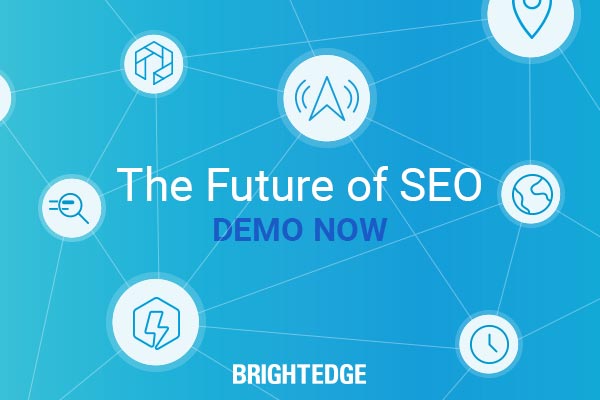In 2014 Econsultancy reported that 79 percent of UK companies had implemented marketing demand generation strategies that year. That represents a year-over-year growth of 25 percent. In the United States, the numbers were even slightly higher with an estimated 85 percent adoption rate.
This new form of marketing has changed the way companies approach advertising in the digital era. It has taken marketing from an outbound, interruptive process to an interactive engagement process. Customers can access the information they seek when they want it without having it displayed when they have no interest.
Marketing demand generation continues to grow because marketers have found it incredibly effective. The UK marketers surveyed by Econsultancy reported that 43 percent had already experienced a positive ROI from marketing demand generation. Social media, which is integral to the marketing process, was also reported as the top lead source for these companies.
Companies today that take the initiative to move into the world of marketing demand generation find it to be productive and a worthwhile investment. Understanding what makes marketing so valuable is key to leveraging these strategies effectively and efficiently.
Why is marketing demand generation so effective?
It is not traditional advertising
Customers now ignore traditional outbound marketing at increasing rates. According to a survey quoted by Marketing Charts:
- 82 percent of people ignore advertisements they see online
- 37 percent of people ignore advertisements they see on television
- 36 percent of people ignore advertisements they hear on the radio.
In general, customers have grown tired of being interrupted with advertisements as they attempt to go about their lives, whether it is surfing the internet, watching TV, or listening to music. For companies to be successful despite a significant portion of their audience tuning them out completely, they must be able to understand their customers’ needs and produce effective marketing that addresses this need. This is the value of marketing demand generation.
Customers control of marketing experience
The advent of the internet and its ability to put information at people’s fingertips means that the customer has gained more control of the buying experience. They are no longer dependent upon companies and brands to contact them and provide them with information about new potential products. Instead, they are the ones to initiate the search for information.
In 2012, an estimated 61 percent of people looked up information online about major purchases before heading to the store. By 2013 that number had reached 81 percent.
Marketing gives brands the positioning they need to take advantage of these statistics. With marketing demand generation, brands seek to anticipate the needs of consumers and produce content that will answer their inquiries and draw them towards the brands. The companies that can accurately predict what their potential customers will be looking for and produce high quality content that is search engine friendly are the ones that will benefit the most from inbound marketing.
Technology such as the BrightEdge Data Cube can help companies focus on content that speaks particularly well to their customers. They can analyze the keywords, topic, rich media and types of content that are attracting the most attention on their own site and on competitors’ sites, helping them improve their marketing strategy.

Positions brands to build relationships
Customers today have demonstrated their genuine interest in building a relationship with the companies with which they do business. This relationship and the customer experience are crucial for building brand loyalty and creating a positive reputation. It costs 6-7 time more to find a new customer than to retain an existing one. Seventy percent of buying experiences are also directly impacted by how the customer feels they are being treated.
Inbound marketing offers a perfect platform for building this type of productive relationship. With high quality content and answering questions and concerns, companies can demonstrate their commitment to their customers. To better understand the marketing demand generation roles, see this quick overview.
Content can be used to guide customers through the buyer’s journey. When one company consistently answers the queries put forth by page visitors, those visitors come to inherently trust the brand. As they prepare to make a purchase, they will automatically turn to the brands upon which they have come to depend.
Marketing demand generation encourages brands to produce content and marketing strategies to guide customers towards a decision. Going from blog posts answering questions to white papers that detail the advantages of one brand over another can help cement the relationship between the customer and company, produce a sale, and build loyalty.
Marketing demand generation has produced incredible responses in brands around the world. Ninety three percent of buying cycles start with an online search, which means that marketing demand generation gives companies the tools they need to reach these people. It has helped to drive its growth and is something all marketers should examine and expand as they prepare plans for the upcoming quarter and fiscal year.


